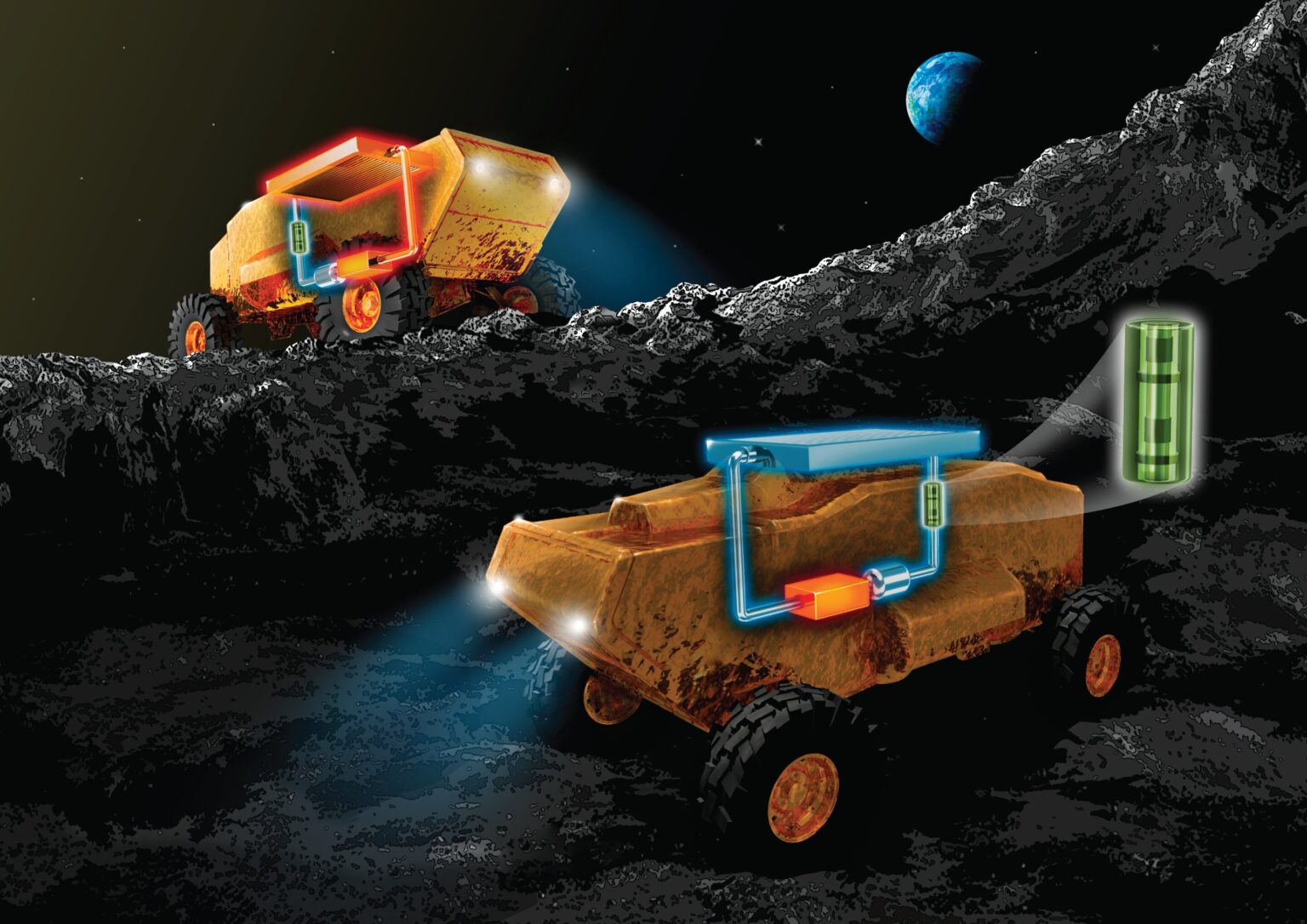A heat-switch device increases the longevity of the lunar rover in a serious lunar climate. It will heat the vehicle at night when temperatures turn negative and cool it during the day when they are extremely high.

Heat switch technology
Astronauts driving a vehicle while traveling across the lunar landscape face not only the dangers of weightlessness and falling into craters, but also the challenge of extreme temperature fluctuations. In a month, it fluctuates between hot highs of 127°C and cold lows of -173°C.
Future lunar exploration missions will need reliable devices that can function in these harsh environments. This prompted a team from Nagoya University in Japan to invent a device with a heat switch that promises to extend the life of the month-old vehicles. Their study, conducted in collaboration with the Japan Aerospace Exploration Agency, was published in the journal Applied Thermal Engineering.
“Heat-switch technology that can switch between daytime heat dissipation and nighttime insulation is essential for long-term lunar exploration,” said lead researcher Masahito Nishikawara. “During the day, the lunar rover is active, and the electronic equipment generates heat. Since there is no air in space, the heat generated by the electronics must be actively cooled and dissipated. On the other hand, during extremely cold nights, electronics must be insulated from the outside environment so that they don’t get too cold.”
How the device works
Modern devices typically rely on heaters or passive valves attached to a loop heat pipe (LHP) for nighttime insulation. However, the first ones are expensive, and the second ones can increase the fluid flow rate, which leads to a drop in pressure and thus in heat transfer efficiency.
The technology developed by Nishikawara’s team offers a middle ground. With less pressure drop than passive valves and lower energy consumption than heaters, it retains heat at night without sacrificing cooling efficiency during the day.
The thermostat developed by the team combines a loop heat pipe (LHP) with an electrohydrodynamic (EHD) pump. During the day, the electrohydrodynamic pump is inactive, allowing the LHP to operate as normal. Lunar rovers in the LHP use a refrigerant that cycles from a vapor to a liquid state.
Saving electricity consumption
When the device heats up, the liquid refrigerant in the evaporator vaporizes, releasing heat through the rover’s radiator. The vapor then condenses back into a liquid, which returns to the evaporator to absorb heat again. This cycle occurs due to capillary forces in the evaporator, making it energy efficient.
At night, the EHD pump generates pressure opposite to the LHP flow, stopping the refrigerant flow. The electronics are fully insulated from the cold night environment with minimal power consumption.
The team’s research included electrode shape selection, device design, performance evaluation, and a demonstration test for stopping LHP with an EHD pump. The results showed that the electricity consumption at night was almost zero.
What are the prospects for the device
The importance of this technology goes beyond lunar rovers and extends to broader applications in controlling the thermal regime of spacecraft. The integration of EHD technology into heat control systems can improve heat transfer efficiency and mitigate operational problems. This could play an important role in space exploration in the future.
The development of this heat-switch device marks an important milestone in the development of technology for long-term monthly missions and other space exploration. All of this means that future moon rovers and other spacecraft must be better equipped to handle the extreme conditions of space.
According to phys.org


